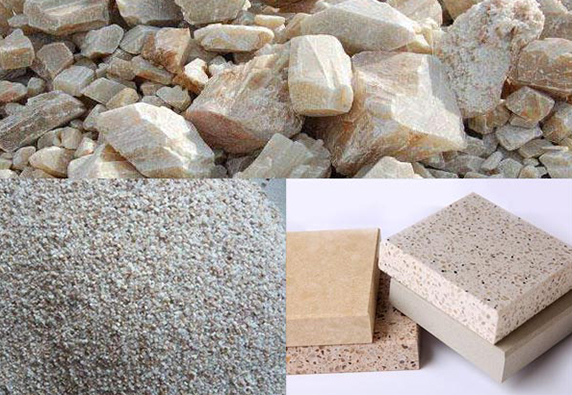
What is Quartz Stone and how to use it?
Origins and Development
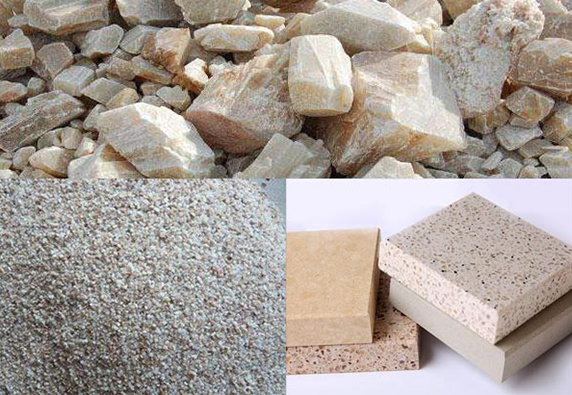
As quartz stone material advanced and improved, its exceptional performance captured the attention of people worldwide. Its remarkable resistance to wear, high temperatures, and stains, along with its effortless cleaning, became its most significant advantages. As a result, its utility and beauty drew an increasing number of consumers to choose quartz stone.
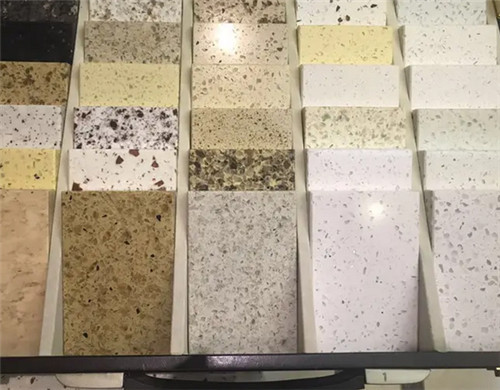
Over the past few decades, quartz stone has risen to become the favored option for various applications. Quartz stone has solidified its significance in the stone market, being a vital presence in various applications.
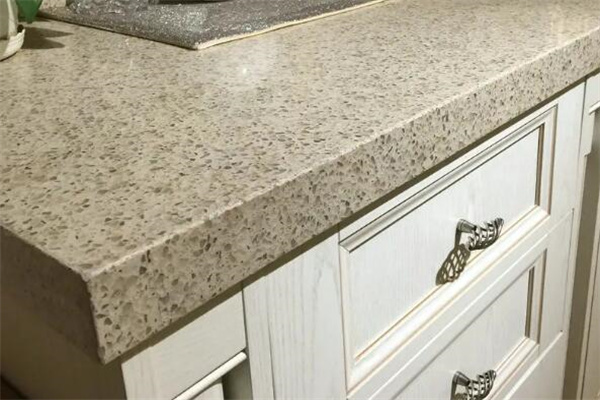
It effortlessly enhances elegant kitchen countertops and adds sophistication to bathroom sinks. Moreover, its durability makes it a preferred choice for flooring, while its stylish appearance elevates the surfaces of furniture pieces. In essence, quartz stone has become an essential and versatile material in the world of stone products.

Quartz stone is the perfect choice for modern interior decor. Its adaptability and reliability make it the go-to option for many. People love it for its ability to fit into different design styles and its consistent performance. Its popularity in both homes and commercial spaces is undeniable.
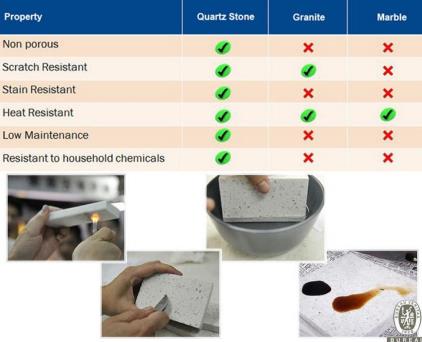
Spread and Popularity of Quartz Stone
As quartz stone material matured, its exceptional performance caught the attention of people worldwide.
The resistance to wear, high temperatures, stain-proof, and ease of cleaning became its most significant advantages, gradually attracting a growing number of consumers.
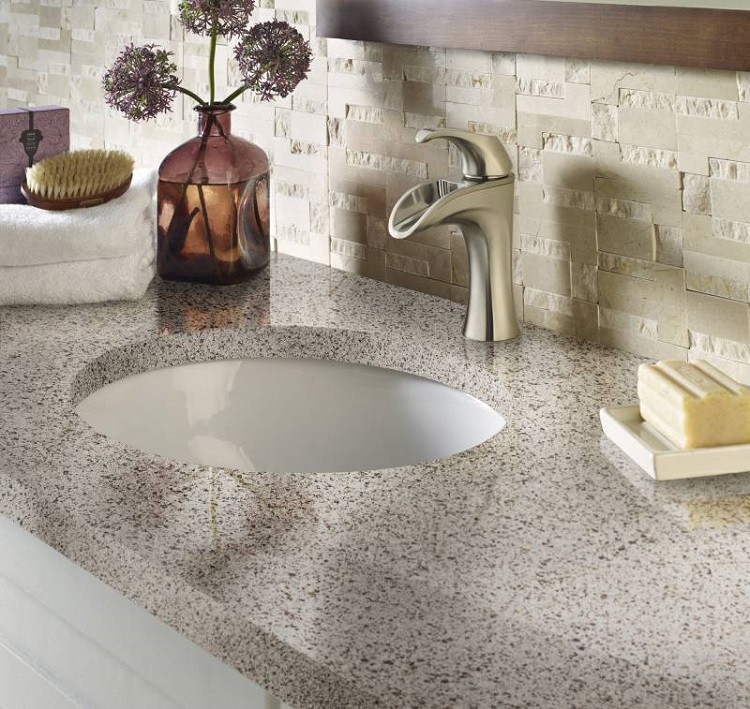
Over the past few decades, quartz stone has become a favored option for kitchen countertops, bathroom sinks, flooring, and furniture surfaces, making it an essential presence in the stone market.
Composition and Manufacturing Process of Quartz Stone
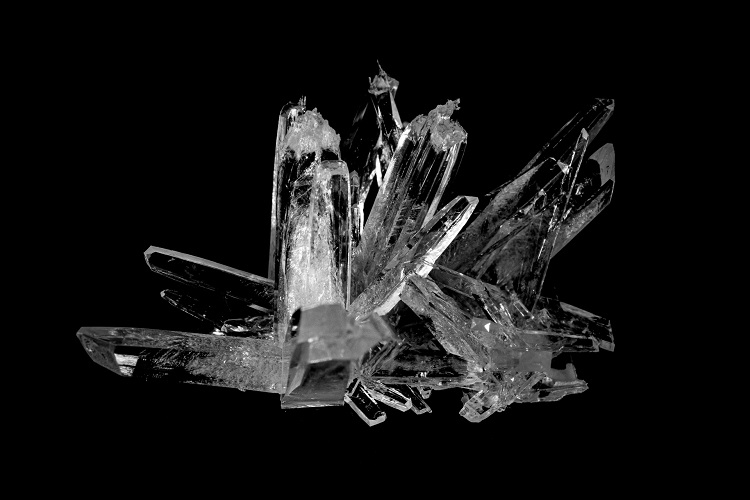
Analyzing the Components
The primary component of quartz stone is natural quartz crystals, typically constituting over 90% of its total mass. These natural quartz crystals are among the most common minerals found in the Earth's crust, boasting excellent hardness and stability. Apart from quartz crystals, the stone also contains a small amount of resin, pigments, and other additives. The precise blending of these components is the key to ensuring the overall performance of quartz stone.
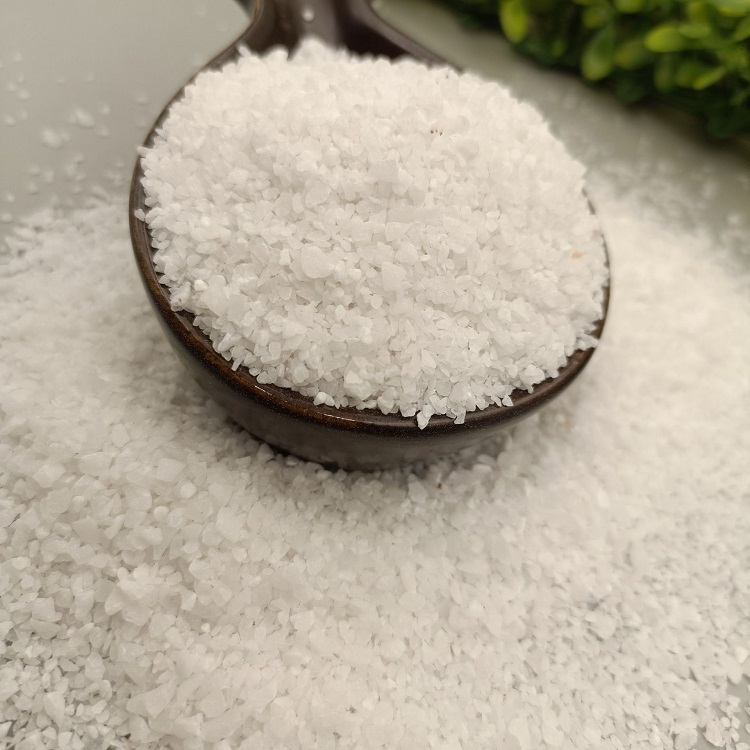
Manufacturing Process
The production of quartz stone involves a highly delicate craftsmanship. Initially, natural quartz crystals are carefully chosen and ground into fine particles. After that, they mix them with resin and pigments, forming the fundamental components of quartz stone.

Next, specialized equipment is used to press these mixtures into large slabs, which undergo a high-temperature curing process. Finally, through meticulous processing and polishing, the quartz stone slabs attain a smooth and robust surface. This elaborate manufacturing process and strict quality control ensure that each piece of quartz stone maintains a high level of quality and appearance.
Where is Quartz Stone Suitable?

Beautiful Kitchen Countertops
The outstanding performance of quartz stone makes it an ideal choice for kitchen countertops. Its resistance to wear, high temperatures, and stains ensures that you need not worry about damage from hot pots, knives, or spilled food. Additionally, the wide range of colors and textures available in quartz stone allows you to create a beautiful and practical kitchen space that matches your personal preferences and overall interior design.
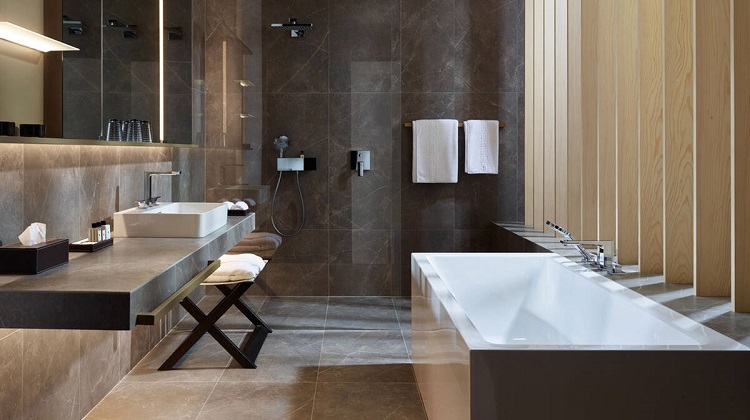
Exquisite Bathroom Sinks
Quartz stone shines in bathrooms as well. Its waterproof and easy-to-clean properties make it a perfect material for bathroom sinks. Furthermore, the smooth and sturdy surface of quartz stone resists common corrosive substances like cosmetics and chemicals, enabling it to maintain its beauty and durability over time.
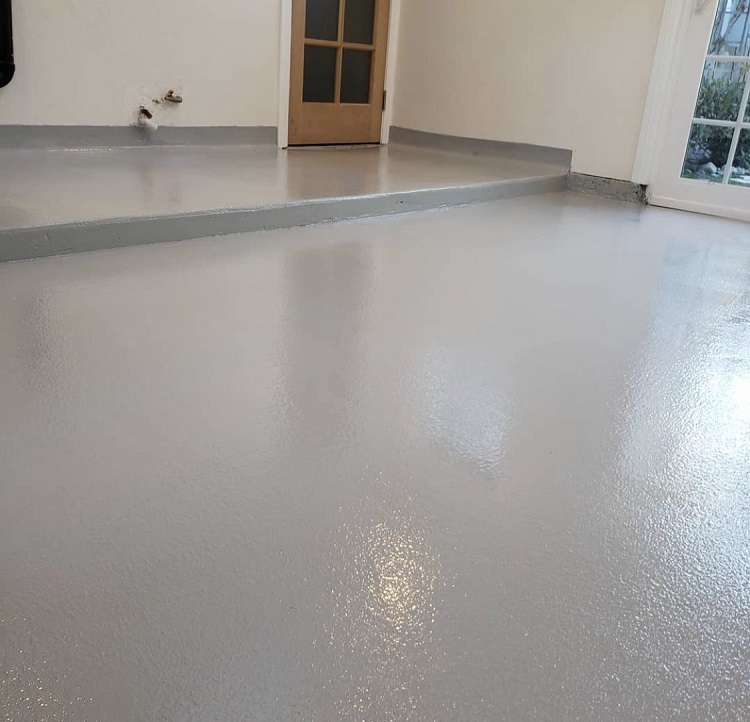
Durable Flooring
Quartz stone flooring is not only aesthetically pleasing but also highly durable. Its strong resistance to abrasion allows it to withstand high foot traffic and the movement of furniture, keeping the flooring in excellent condition for a long time. Additionally, the smooth surface makes cleaning a breeze, saving you unnecessary hassle.
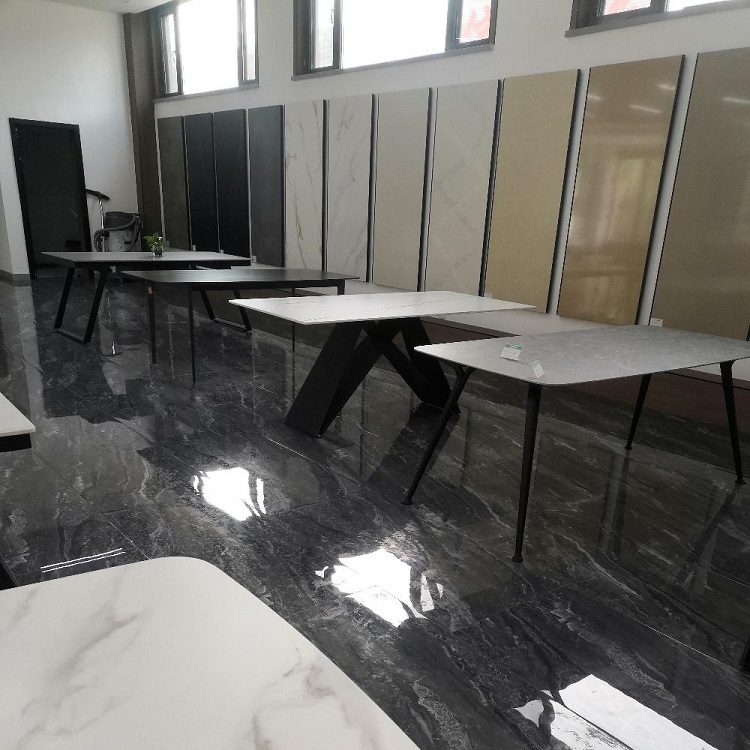
Grace Furniture Surfaces
Quartz stone can be used not only for large furniture pieces but also for surface decoration. For instance, using quartz stone for coffee tables, dining tables, bedside tables, and more adds to the furniture's aesthetic appeal while enhancing its durability, making your furniture an enduring investment.
Advantages and Disadvantages of Quartz Stone
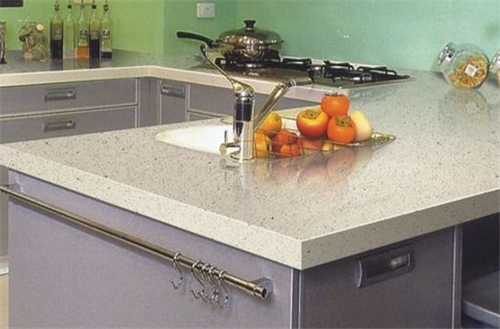
Advantages
The most significant advantage of quartz stone lies in its exceptional performance. It is a hard and durable material that resists damage and wear, maintaining its appearance for an extended period. Its stain-proof, heat-resistant, and easy-to-clean characteristics make maintenance a breeze. With a wide selection of colors and patterns, quartz stone provides endless possibilities to accommodate various interior design styles.
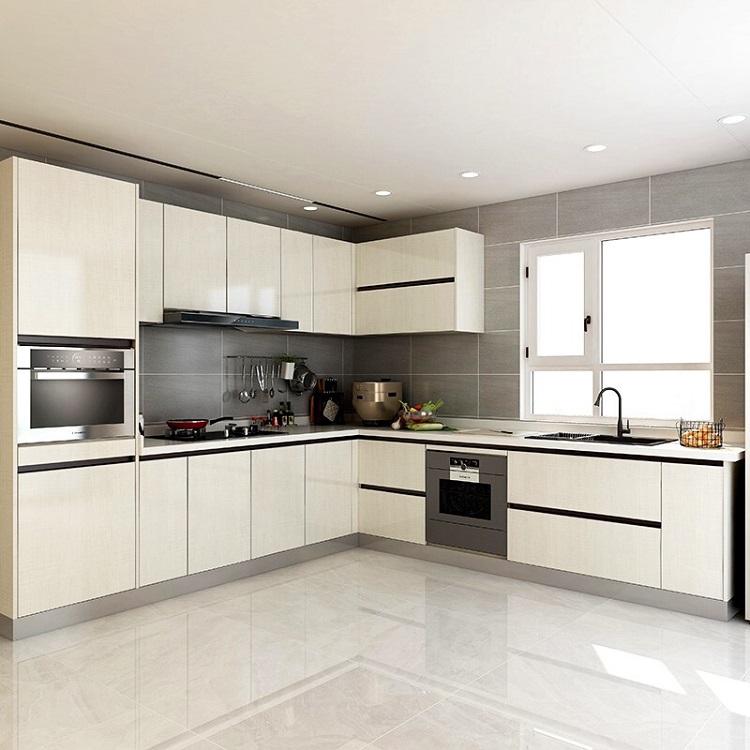
Disadvantages
Despite its many merits, the higher price of quartz stone is one of its main disadvantages. Compared to other natural stones, the complex manufacturing process and high technical requirements contribute to the higher cost. Additionally, while quartz stone demonstrates good heat resistance, excessively high temperatures can still cause discoloration or damage. As a result, it's essential to avoid exposing it to extremely hot items.
- Blog Categories
- Industrial Knowledge
 WANBEST
WANBEST

















 WANBEST
WANBEST